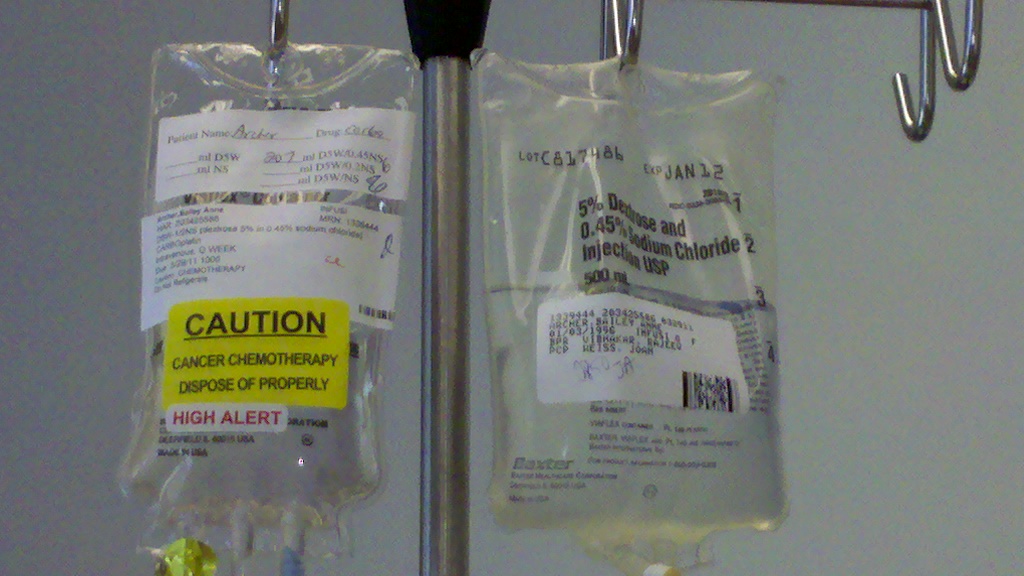Combo Therapy With Azacitidine And Enasidenib More Effective For Newly Diagnosed Acute Myeloid Leukemia Patients
Source: Thailand Medical News Dec 10, 2019 6 years, 4 weeks, 1 day, 21 hours, 51 minutes ago
Phase II of a multi-institutional, study led by The University of Texas MD Anderson Cancer Center showed that pairing standard chemotherapy azacitidine (AZA) with a drug called enasidenib (ENA) measurably boosts complete remission in patients newly diagnosed with a specific form of acute myeloid leukemia
(AML).

Study results from the randomized, open-label study were presented at the recently held 61st American Society of Hematology Annual Meeting & Exposition in Orlando.
Dr Courtney DiNardo, M.D., associate professor of
Leukemia at The University of Texas MD Anderson Cancer Center told
Thailand Medical News, "This study looked at
AML involving mutations in a gene known as isocitrate dehydrogenase or IDH2. IDH2 mutations occur in 8% to 19% of patients with
Acute Myeloid Leukemia. This is the first report of interim outcomes from this study, which represent at least one year of follow up for all participating patients. In general, the combination therapy was well tolerated."
Enasidenib or ENA, an oral, small-molecule inhibitor, was approved by the US Food and Drug Administration in August 2017 for relapsed or refractory
Acute Myeloid Leukemia in people with specific IDH2 mutations.
Azacitidine or AZA is a hypomethylating chemotherapy agent that is the standard treatment for older patients newly diagnosed with
Acute Myeloid Leukemia.
During the duration, October 2016 and August 2018, 101 patients were randomized to receive either
Enasidenib plus
Azacitidine, or
Azacitidine alone. Median ages were 74 years for the combination group, and 75 years for the
Azacitidine only cohort.
Total overall response rates for patients receiving both therapies was 68% versus 42% for those receiving
Azacitidine alone. Complete remissions were reported in 50% of the combination group versus 12% in the
Azacitidine only group. Grade 3-4 side effects were observed, including low white blood cell count, low platelet count, anemia, IDH differentiation syndrome and low-grade infections.
Dr DiNardo said, "These findings are significant, given that the older a patient is, the more likely they are to have an IDH2 mutation,". "This combination treatment may offer an alternative option for older patients who may not be candidates for intensive chemotherapy or who have relapsed disease."
The combo protocol is already being adopted by many cancer hospitals all over the US for
Acute Myeloid Leukemia treatment.
